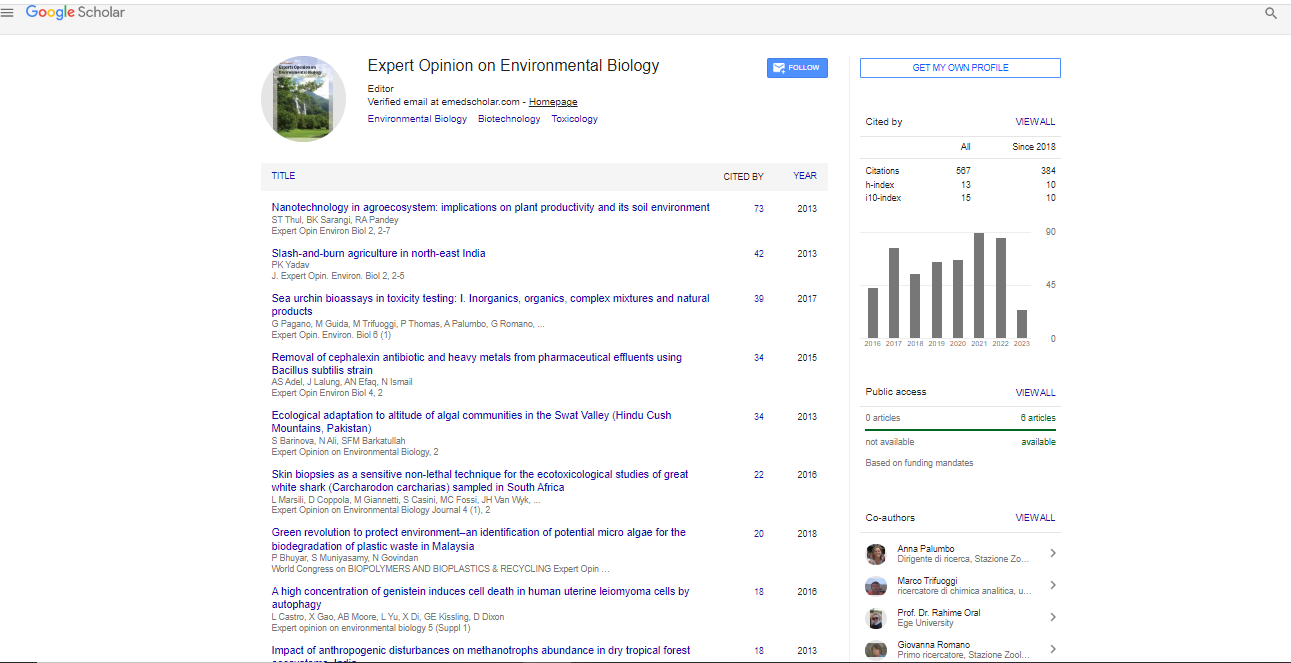Mechanical properties of a multi-layered nano-composite about implant longevity of hip prosthesis
Masaru Matsuo
Dalian University of Technology, China
: Expert Opin Environ Biol
Abstract
Recently, local Young’s modulus of nanocomposites is mainly done by load-displacement curve resulting from the nanoindentation process. The problem for obtaining Young’s modulus by indentation method is the difficulty in evaluating Poisson’s ratio of the bulk composite. The present evaluation refers to the importance for Poisson’s ratio of implant longevity of hip prosthesis in orthopedics. Different from actual orthopedics, ultra high molecular weight polyethylene (UHMWPE)/ hydroxyapatite (HA) composite was prepared as a substrate layer by the solution-gel method. HA is bioceramic with good bioactivity. Hence the composites have the advantage of overcoming the problems of brittleness as well as adverse pathological reaction. The four layers (Phase I ~ IV) with different HA contents (shown in Figure 1) were prepared by a sol-gel process, and the four components were hot-molded to make a composite with HA gradient content without disappearing spongy-like structure. The friction coefficient decreases with increasing HA content indicating better condition as a bearing material in the femoral. To obtain complex Poisson’s ratioυ * of the resultant gradient composite (GC), the complex tensile modulus E* and shear modulus G* were measured. The evaluation was done as a function of temperature as follows: The valu es of ( ) * * 2 * 2 *GC GC GC GC υ * = E( *a−ndG2 * ) G2 *GC GC GC GC υ = E − G weGre calculated based on the concept that each layer lies adjacent to the other layers with the interface parallel to external excitation direction, so that the strains at the boundary are identical. Figure 2(a) and (b) show temperature dependence of real part (υ ' ) and imaginary part (υ" ) of the Phase I ~ IV and (c) and (d) show gradient composite forυ 'and υ", respectively. The calculated values of the gradient composite are in good agreement with the experimental ones. The increase in negativeυ 'with increasing HA content indicates an increase in the number of voids forming the spongylike structure. This plays an important role to avoid the cracking under bending stress and shock wave.
Biography
Masaru Matsuo has completed his PhD at Kyoto University in Japan and he is the former Professor of Nara Women’s University. After his retirement, he became a full time Professor of Dalian University of Technology in China. Since September 1st 2014, he is a Visiting Professor of Dalian University of Technology. He has published more than 200 papers in refereed journal articles. He is IUPAC fellow and he was “Certificate of Membership Award of ACS (July 2015~ July 2018). He received “Award of Society of Fiber Science and Technology of Japan” on May 1990, “Paul Flory Polymer Research Prize” on April 2010 and “Certificate of friendship Award of Liaoning Province in China” on September 2011.
E-mail: mm-matsuo@live.jp
 Spanish
Spanish  Chinese
Chinese  Russian
Russian  German
German  French
French  Japanese
Japanese  Portuguese
Portuguese  Hindi
Hindi 
